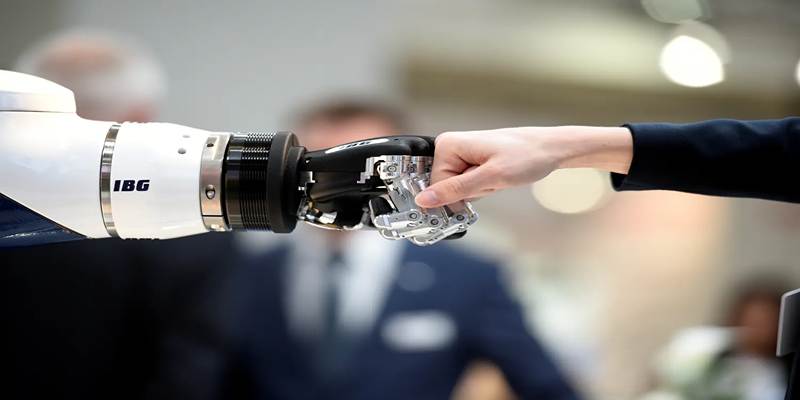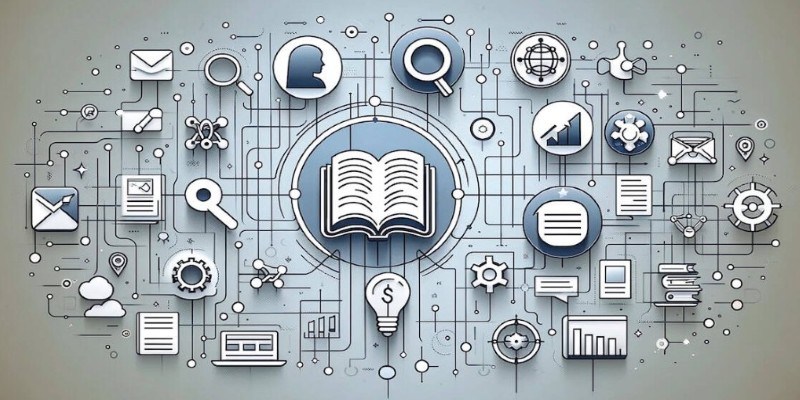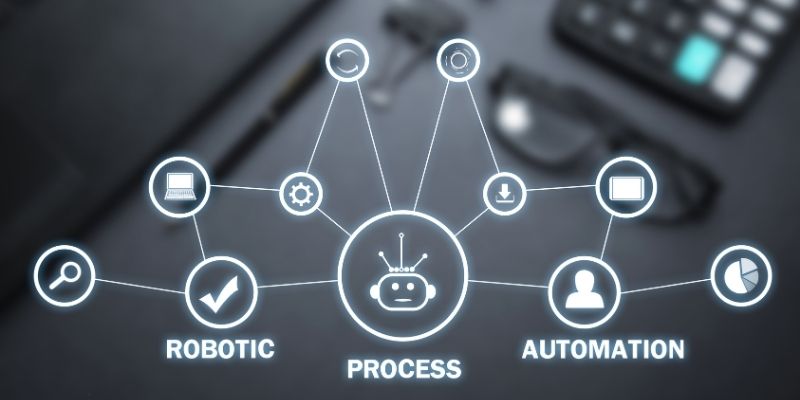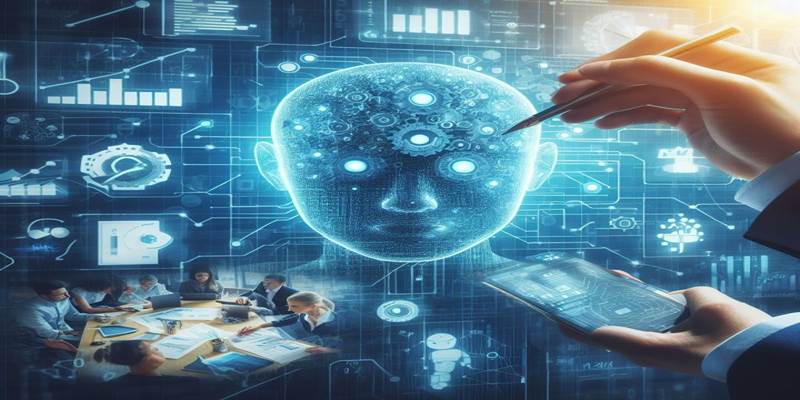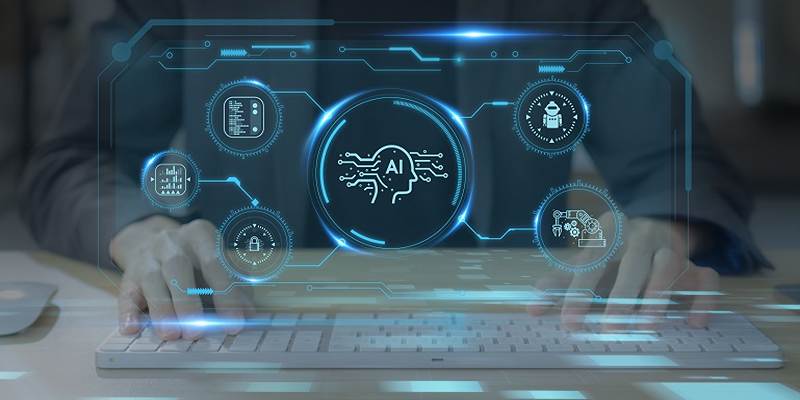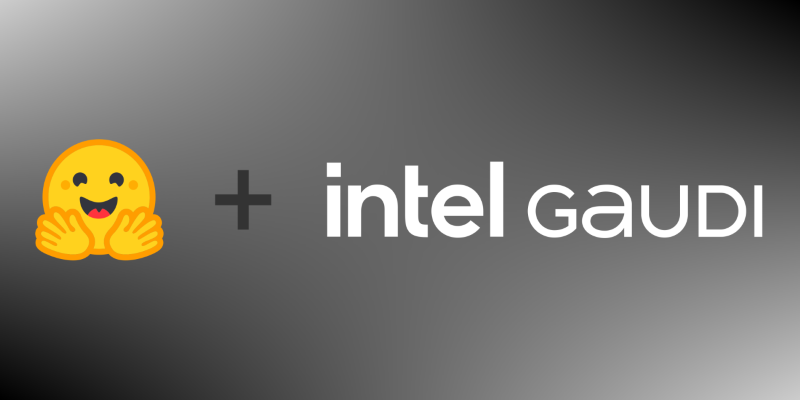Many fields are being changed by artificial intelligence (AI), and human resources is one of them. AI is no longer just an idea in talent management; it's becoming a useful tool that changes how companies hire, keep, and grow their teams. AI isn't replacing HR professionals; instead, it's making them better by automating boring jobs, giving them real-time information, and letting them make smarter decisions. This post talks about how AI is changing the future of hiring people and how companies can use these changes to stay ahead of the competition.
What Does AI Mean for Talent Management?
AI in talent management involves the use of technologies like machine learning, natural language processing, and predictive analytics to improve HR processes. These systems can analyze large volumes of data quickly and find patterns that are difficult for humans to detect.
Instead of relying on intuition or outdated methods, talent management teams now use AI-driven tools to support decisions in recruitment, onboarding, performance evaluation, employee engagement, and more.
Why AI is Becoming a Core Part of HR
The traditional model of talent management is slow, reactive, and often biased. AI changes this by offering real-time, data-driven support. Companies are adopting AI because it allows them to:
- Streamline hiring processes and reduce time-to-hire
- Identify high-potential candidates using predictive models
- Monitor employee engagement and act on early warning signs
- Deliver personalized training based on skill gaps
- Improve retention rates through proactive talent planning
These benefits are pushing more HR departments to incorporate AI-powered tools into their daily operations.
Key Areas Where AI Is Making an Impact
Recruitment and Candidate Screening

One of the first and most visible areas where AI has made an impact is recruitment. Sorting through thousands of resumes manually is time-consuming and inefficient. AI tools now help to hire teams by:
- Automatically scanning resumes for keywords and qualifications
- Ranking candidates based on how well they match the job description
- Predicting a candidate’s potential performance using historical data
These tools not only save time but also help reduce unconscious bias by focusing on data rather than assumptions.
Onboarding and First Impressions
After a successful hire, the onboarding process becomes the next challenge. AI-driven systems can automate many steps, such as:
- Sending personalized welcome messages
- Scheduling training sessions
- Tracking onboarding progress
- Answering FAQs through AI chatbots
It creates a smoother experience for new hires and helps them settle into their roles more quickly.
AI and Employee Engagement
Keeping employees engaged is critical for productivity and retention. AI supports this by collecting and analyzing feedback from various sources—surveys, performance metrics, and communication tools—and identifying patterns that indicate low engagement or potential issues.
Understanding Employee Sentiment
Modern AI tools can assess how employees feel by analyzing their communication tone or responses to engagement surveys. These insights allow HR teams to take proactive measures to improve workplace satisfaction.
Examples of AI in engagement include:
- Detecting stress or dissatisfaction in employee communication
- Recommending team-building activities or role changes
- Offering real-time feedback and recognition systems
Supporting Personalized Growth and Learning
Every employee has unique strengths, weaknesses, and career goals. AI can help HR teams provide personalized development paths based on performance data, job roles, and learning history.
Tailored Learning and Skill Development
AI-driven learning management systems (LMS) suggest specific training modules that suit an employee’s needs. For example, if someone shows leadership potential, the system might recommend courses on management or communication.
Benefits of AI in employee development:
- Reduces time spent choosing training programs
- Boosts employee motivation through relevant learning
- Helps align training with business goals
Predictive Talent Management and Workforce Planning
AI can also help companies look ahead by forecasting workforce trends. Predictive analytics tools analyze internal and external data to:
- Anticipate turnover risks
- Identify future skill shortages
- Recommend internal candidates for promotion
- Plan succession strategies
It allows organizations to prepare for changes rather than react to them.
Challenges and Ethical Considerations
While AI offers many benefits, it also raises valid concerns. Companies must be cautious and responsible when implementing AI in HR.
Potential Bias in Algorithms
If AI tools are trained on biased historical data, they may reinforce those biases. For instance, if the previous hiring favored a certain demographic, the AI may unknowingly do the same.
How to reduce bias:
- Regularly audit algorithms for fairness
- Use diverse training datasets
- Combine AI outputs with human judgment
Privacy and Transparency

AI systems collect sensitive employee data, which raises privacy issues. Employees have the right to know how their data is being used and how decisions are made.
Key actions to build trust:
- Be transparent about AI usage in HR
- Follow data protection regulations (like GDPR)
- Allow employees to opt-out of non-essential monitoring
The Future Outlook of AI in Talent Management
AI will continue to play a larger role in HR, but not by replacing people. Instead, it will act as a co-pilot—enhancing the decision-making of HR professionals and allowing them to focus on human relationships and long-term strategy.
Emerging Trends in AI and HR
- Emotional AI: Tools that detect employee emotions and suggest supportive actions
- AI career coaches: Platforms offering career advice and skill-building recommendations
- Advanced workforce planning: Predicting market shifts and aligning talent strategies accordingly
These innovations point to a future where HR is more data-driven, proactive, and people-centered than ever before.
Conclusion
AI is no longer just a futuristic concept in talent management—it’s a present-day reality transforming every stage of the employee lifecycle. From smarter recruitment and onboarding to real-time engagement tracking and personalized learning, AI enables HR teams to operate with more precision, fairness, and efficiency. However, as AI adoption grows, it’s vital to balance technology with ethics. Organizations must ensure transparency, data privacy, and fairness to gain the full trust of their workforce.

